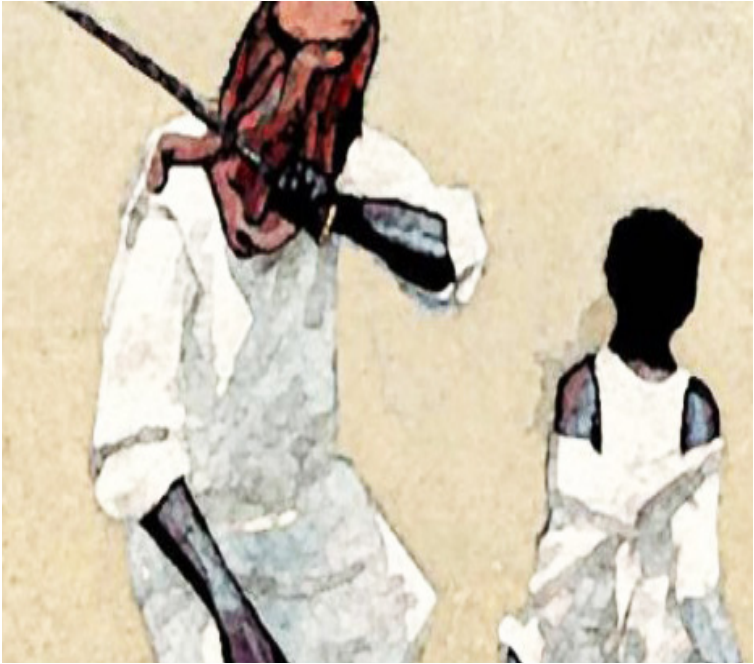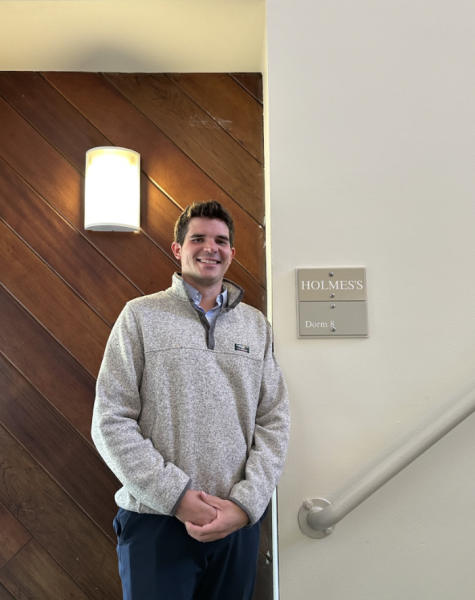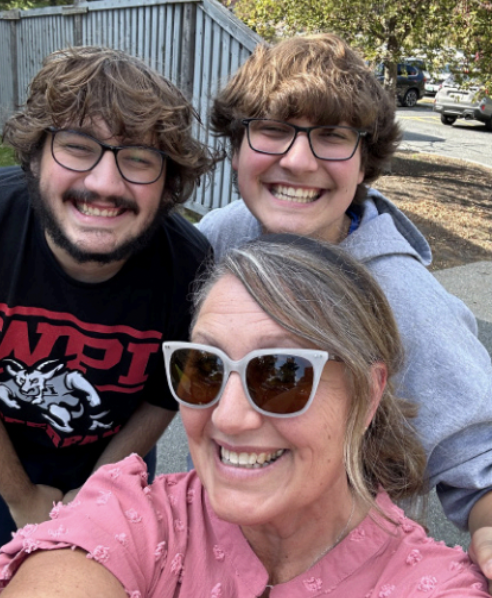The Saudi Executions
Street art depicting the Saudi Arabian Executions.
On January 2nd of 2016, while people around the country were enjoying the last few days of holidays, on the other corner of the world Saudi Arabia carried out the largest mass execution in the country since 1980. According to the Saudi state, the 47 people executed were all convicted on terrorism charges and most were members of Al-Qaeda.
Among those executed were at least four Saudi Shia men, including Sheikh Nimr al-Nimr, a prominent Shia cleric sentenced to death in 2014 after a Saudi court convicted him on a host of vague charges apparently based largely on his peaceful criticism of Saudi officials. The 47 executions were carried out inside prisons across 12 different provinces in Saudi Arabia. In each prison, the men were beheaded except for four that used firing squads.
“Saudi Arabia had a shameful start to 2016, executing 47 people in a day, after a year with one of the highest execution rates in its recent history,” said Sarah Leah Whitson via “Human Rights Watch.” “The death penalty is never the answer to crimes, and executing prisoners en masse further stains Saudi Arabia’s troubling human rights record.”
The immediate consequence of the executions was a burst of hostility between Saudi Arabia and Iran. The two rivals are already backing opposite sides in civil wars in Syria and Yemen. Iranians infuriated by the killing of a revered cleric promptly ransacked and set fire to the Saudi Embassy in Tehran. Though Iranian leaders condemned the action and arrested protesters, Saudi Arabia and its Sunni-led allies in Bahrain, Sudan and the United Arab Emirates were quick to cut or curtail ties with Iran.
That in turn promised to set back international efforts to resolve the wars in Syria and Yemen and to combat the Islamic State. Just weeks before the executions, a series of talks led by the United States and Russia including the Saudi and the Iranian foreign ministers brought rival powers to the table to discuss a road map for peace in Syria.
However, the executions were not out of character for Saudi Arabia. The country has a dismal human rights record with its application of stern Islamic law and its repression of women and practitioners of religious traditions other than Sunni Islam. The regime has become only more repressive in the years since the Arab Spring. According to “Human Rights Watch,” the mass execution that weekend followed a year in which 158 people were executed, the most in recent history, largely based on vague laws and dubious trials. Sheikh Nimr was a vocal critic of the regime and champion of the rights of the Shiite minority in the Eastern Province of Saudi Arabia, but not an advocate of violent action.
Saudi Arabia systematically, discriminates against its Shia citizens, who constitute ten to fifteen percent of the population. This discrimination reduces Shias’ access to public education and government employment. They do not receive equal treatment under the justice system and the government impairs their ability to practice their religion freely, rarely providing permission for Shia citizens to build mosques.
“Saudi Arabia’s execution of a prominent Shia cleric following an unfair trial only adds to the existing sectarian discord and unrest,” Sarah Leah Whitson said via “Human Rights Watch.” “Saudi Arabia’s path to stability in the Eastern Province lies in ending systematic discrimination against Shia citizens, not in executions.”






